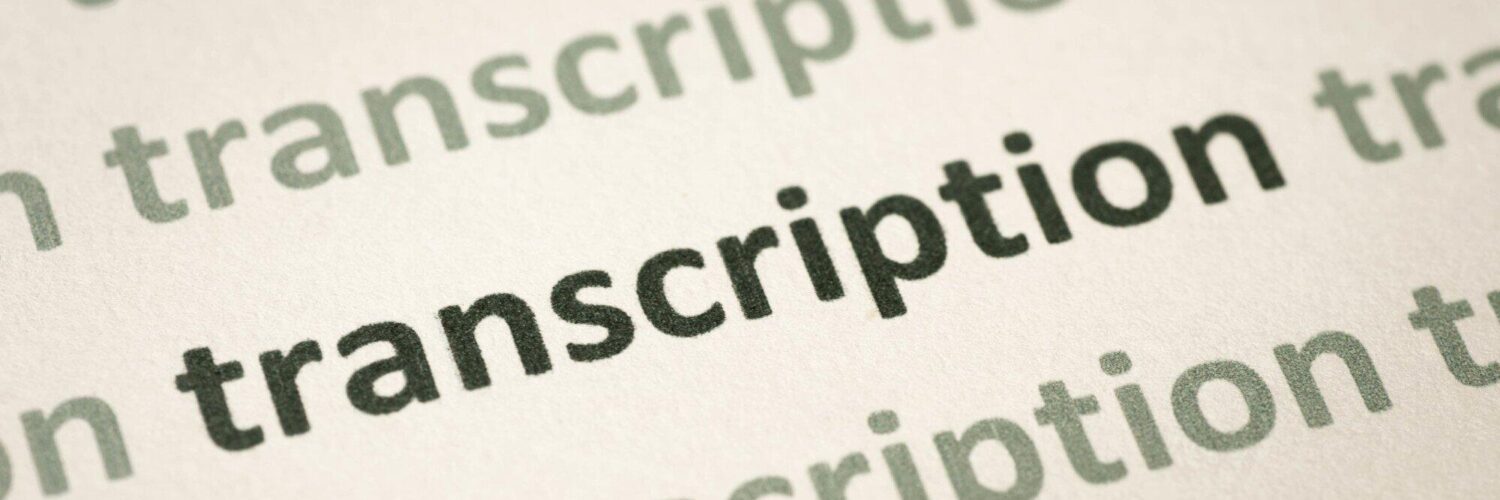Welcome to the fascinating world of transcription! Ever wondered what is transcribing?
Simply put, it’s the process of converting spoken language into written text. But it’s not one-size-fits-all – there are different types of transcription, each with its unique uses.
Whether it’s for a business meeting, a medical report, or even a podcast episode, transcribing helps us extract and utilize information more efficiently. Let’s dive in and explore this wonderful tool in more detail!
What Is Transcribing?
In simple terms, transcribing is the process of converting audio or video recordings into written text. This can be done manually by human transcribers, or with the help of automated speech recognition software. The resulting text document is called a transcript.
Transcription plays a crucial role in various industries such as business, healthcare, and media. It allows us to document and analyze important conversations, meetings, interviews, and events. With the advancement of technology, transcribing has become a more accessible and accurate process.
The Different Types of Transcription and Their Uses
Transcription can be broadly categorized into three main types: verbatim, clean read, and edited. Each type serves a different purpose and is used in specific situations.
Verbatim Transcription
In verbatim transcription, the transcriber types out every single word and utterance heard in the audio or video recording. This includes filler words, pauses, stutters, and even non-verbal cues such as laughter or sighs.
It aims to provide a detailed record of the spoken content and is often used in legal or research settings where every word matters.
Clean Read Transcription
Clean Read Transcription is a bit different from the verbatim style. It’s a cleaned-up version of the transcript, meaning, it doesn’t include all the ‘umms’, ‘errs’, and repeated words that are common in everyday speech.
This transcript examples are like a tidy version of what’s said. It’s as if your conversation went through a spring cleaning!
This kind of transcription is super useful for things like business meetings or seminars, where you want the main ideas without all the extra chatter. It’s all about keeping things clean and easy to read!
Edited Transcription
Edited Transcription is like the superhero of the transcription world – it swoops in and turns complex language into simple, understandable text. Imagine taking a conversation filled with technical jargon or complex terms and polishing it up so it’s easy for anyone to understand.
That’s the power of edited transcription! It’s perfect when you have content like a scientific lecture or a technical discussion that needs to be made more accessible to a wider audience.
Plus, it’s a great tool in the realm of subtitling, making sure movie dialogues or TV show scripts are easy to follow for viewers. In a nutshell, edited transcription is all about taking the complex and making it simple.
Learn What Is Transcribing Now
To wrap things up, what is transcribing? It’s making spoken words into text.
It’s a big help in many fields like business, health, and media. There are different types, each with its use.
So, next time you see a transcript, know that a lot of work has gone into making it. Transcribing is a tool that helps us understand and use information better. It’s key in our fast-moving world today.
Did you find this article helpful? Check out the rest of our blog.






Add comment